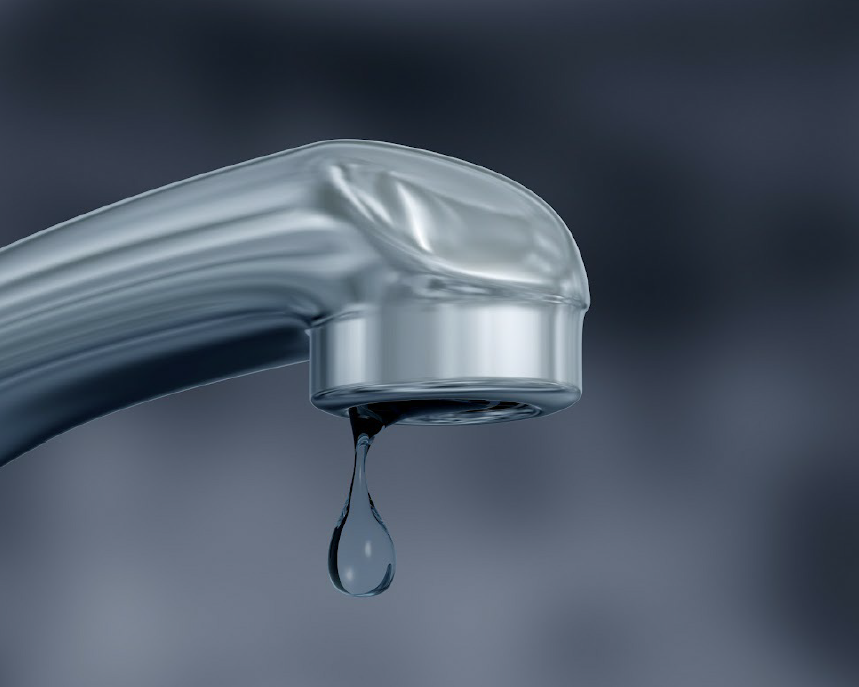We have discovered this article relating to Top leak detection hacks below on the internet and reckoned it made perfect sense to talk about it with you on my blog.

Early detection of leaking water lines can minimize a potential catastrophe. Some little water leakages may not be visible.
1. Take A Look At the Water Meter
Every home has a water meter. Inspecting it is a proven manner in which aids you uncover leaks. For starters, turn off all the water sources. Ensure no person will certainly flush, utilize the tap, shower, run the cleaning maker or dishwasher. From there, go to the meter and watch if it will certainly transform. Given that no person is utilizing it, there must be no activities. If it relocates, that suggests a fast-moving leak. If you spot no adjustments, wait an hour or two as well as check back once again. This implies you might have a slow-moving leak that might even be underground.
2. Check Water Usage
Analyze your water expenses as well as track your water intake. As the one paying it, you should notice if there are any kind of disparities. If you find sudden changes, regardless of your consumption being the same, it indicates that you have leakages in your plumbing system. Bear in mind, your water expense should drop under the exact same array every month. An unexpected spike in your bill indicates a fast-moving leakage.
On the other hand, a stable rise on a monthly basis, despite having the exact same routines, shows you have a slow-moving leakage that's also slowly escalating. Call a plumber to thoroughly inspect your property, especially if you really feel a cozy area on your flooring with piping beneath.
3. Do a Food Coloring Test
30% comes from toilets when it comes to water intake. Examination to see if they are running appropriately. Decrease specks of food color in the storage tank and wait 10 minutes. If the color somehow infiltrates your bowl throughout that time without flushing, there's a leakage in between the storage tank as well as dish.
4. Asses Outside Lines
Don't fail to remember to check your exterior water lines too. Examination faucets by affixing a garden hose pipe. Must water permeate out of the connection, you have a loose rubber gasket. Replace this as well as guarantee all links are limited. If you've got a sprinkler system, it will assist get it professionally examined as well as maintained every year. One little leak can throw away tons of water as well as increase your water expense.
5. Evaluate the scenario and also inspect
Property owners should make it a routine to check under the sink counters as well as also inside cabinets for any bad odor or mold growth. These two warnings show a leak so punctual attention is needed. Doing routine assessments, even bi-annually, can save you from a significant issue.
Examine for discolorations as well as damaging as the majority of pipelines as well as home appliances have a life expectations. If you suspect leaking water lines in your plumbing system, don't wait for it to intensify.
Early detection of leaking water lines can minimize a potential catastrophe. Some tiny water leakages may not be noticeable. Examining it is a surefire way that helps you find leakages. One tiny leak can squander heaps of water and also increase your water costs.
If you believe dripping water lines in your plumbing system, do not wait for it to intensify.
WARNING SIGNS OF WATER LEAKAGE BEHIND THE WALL
PERSISTENT MUSTY ODORS
As water slowly drips from a leaky pipe inside the wall, flooring and sheetrock stay damp and develop an odor similar to wet cardboard. It generates a musty smell that can help you find hidden leaks.
MOLD IN UNUSUAL AREAS
Mold usually grows in wet areas like kitchens, baths and laundry rooms. If you spot the stuff on walls or baseboards in other rooms of the house, it’s a good indicator of undetected water leaks.
STAINS THAT GROW
When mold thrives around a leaky pipe, it sometimes takes hold on the inside surface of the affected wall. A growing stain on otherwise clean sheetrock is often your sign of a hidden plumbing problem.
PEELING OR BUBBLING WALLPAPER / PAINT
This clue is easy to miss in rooms that don’t get much use. When you see wallpaper separating along seams or paint bubbling or flaking off the wall, blame sheetrock that stays wet because of an undetected leak.
BUCKLED CEILINGS AND STAINED FLOORS
If ceilings or floors in bathrooms, kitchens or laundry areas develop structural problems, don’t rule out constant damp inside the walls. Wet sheetrock can affect adjacent framing, flooring and ceilings.
https://www.servicemasterbyzaba.com/blog/how-to-detect-water-leakage-in-walls/

I stumbled upon that page about Leaking water lines when doing a lookup on the web. Be sure to set aside a second to distribute this post if you enjoyed it. I take joy in reading our article about Finding hidden leaks.